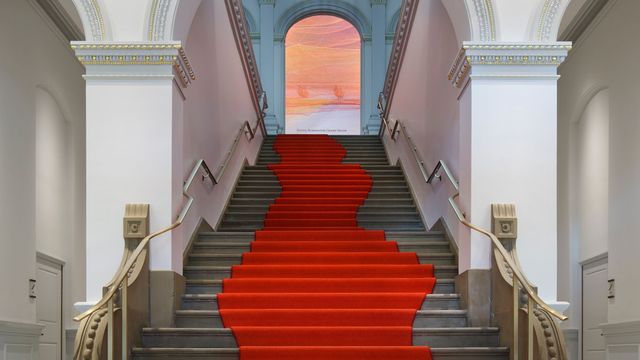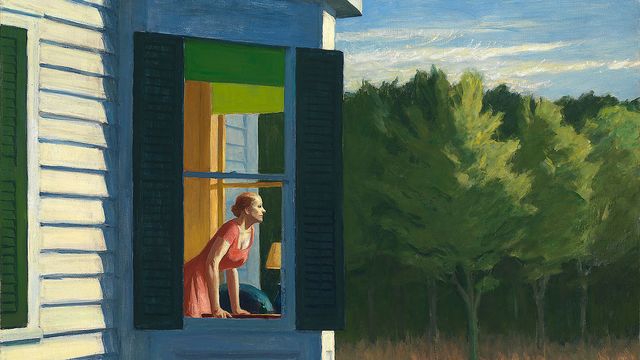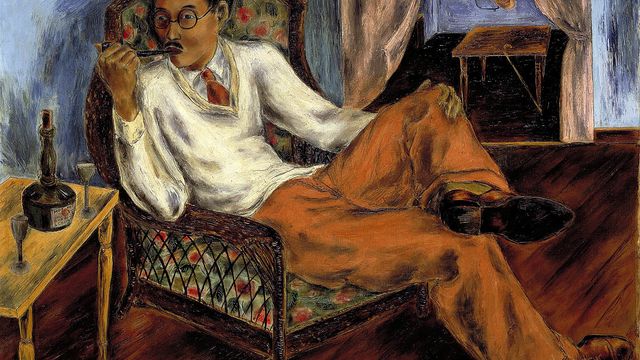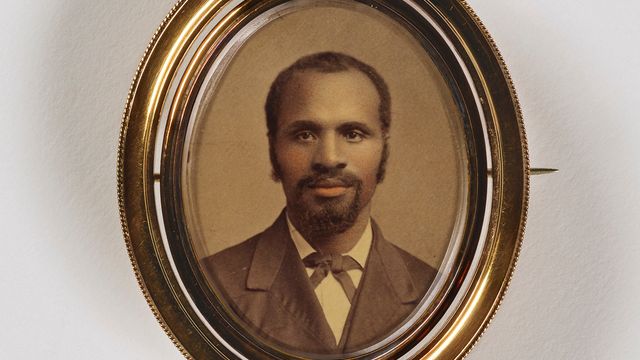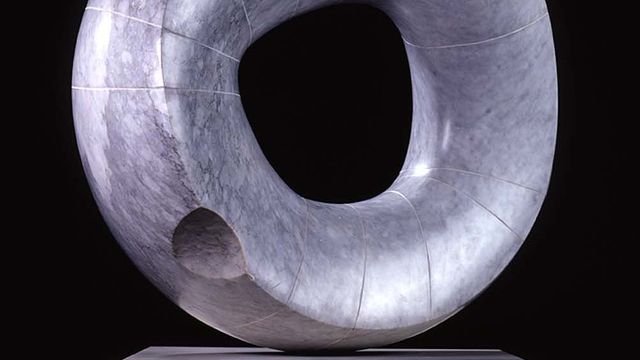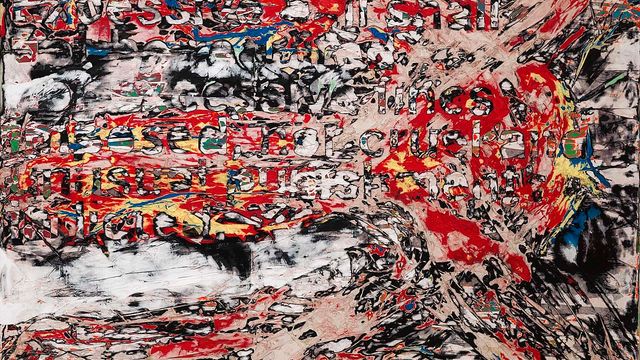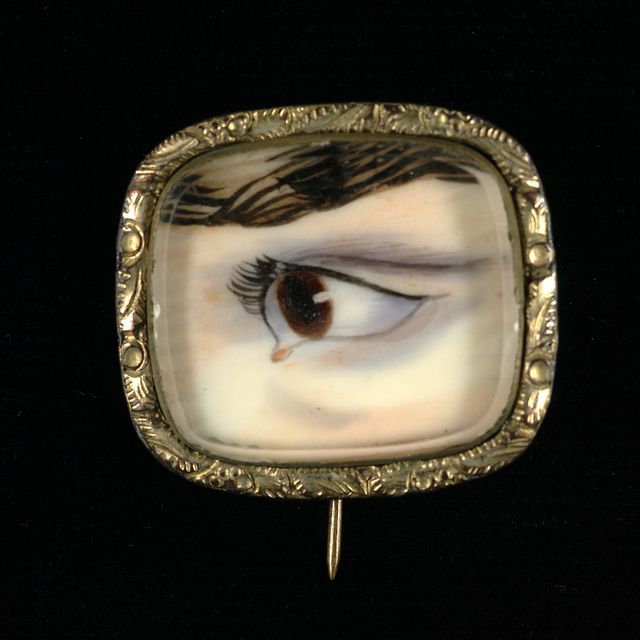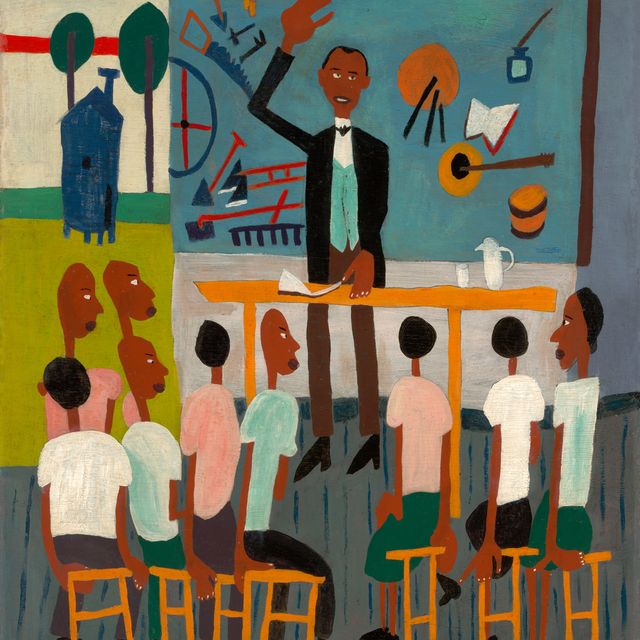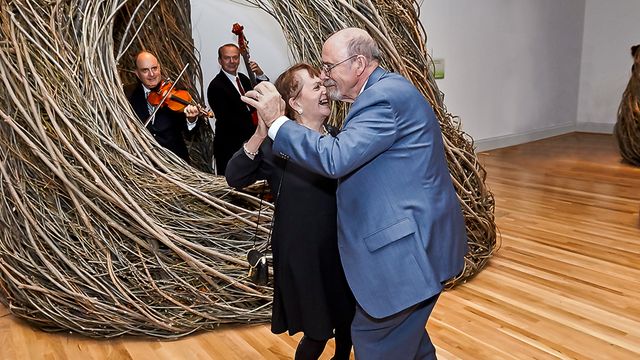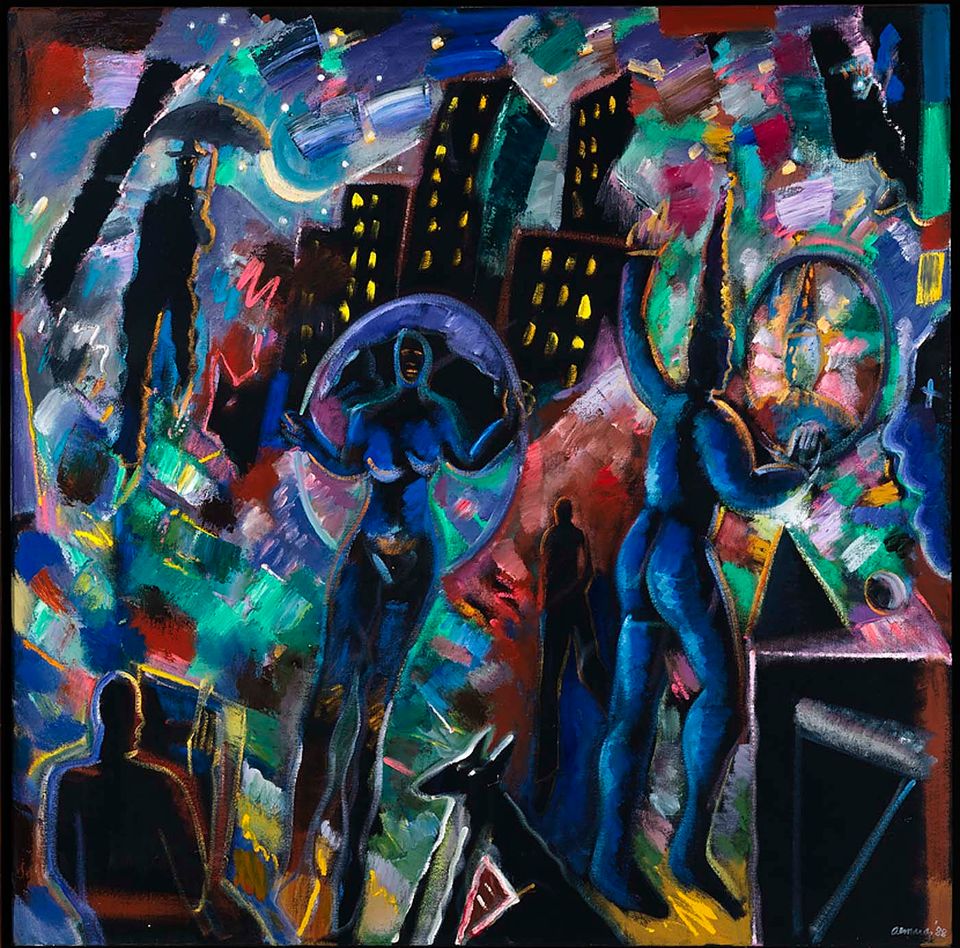Artist
Amalia Mesa-Bains
born Santa Clara, CA 1943
- Born
- Santa Clara, California, United States
- Active in
- San Francisco, California, United States
Works by this artist (14 items)
Videos
Exhibitions
October 25, 2013–March 2, 2014
Our America: The Latino Presence in American Art presents the rich and varied contributions of Latino artists in the United States since the mid-twentieth century, when the concept of a collective Latino identity began to emerge.


